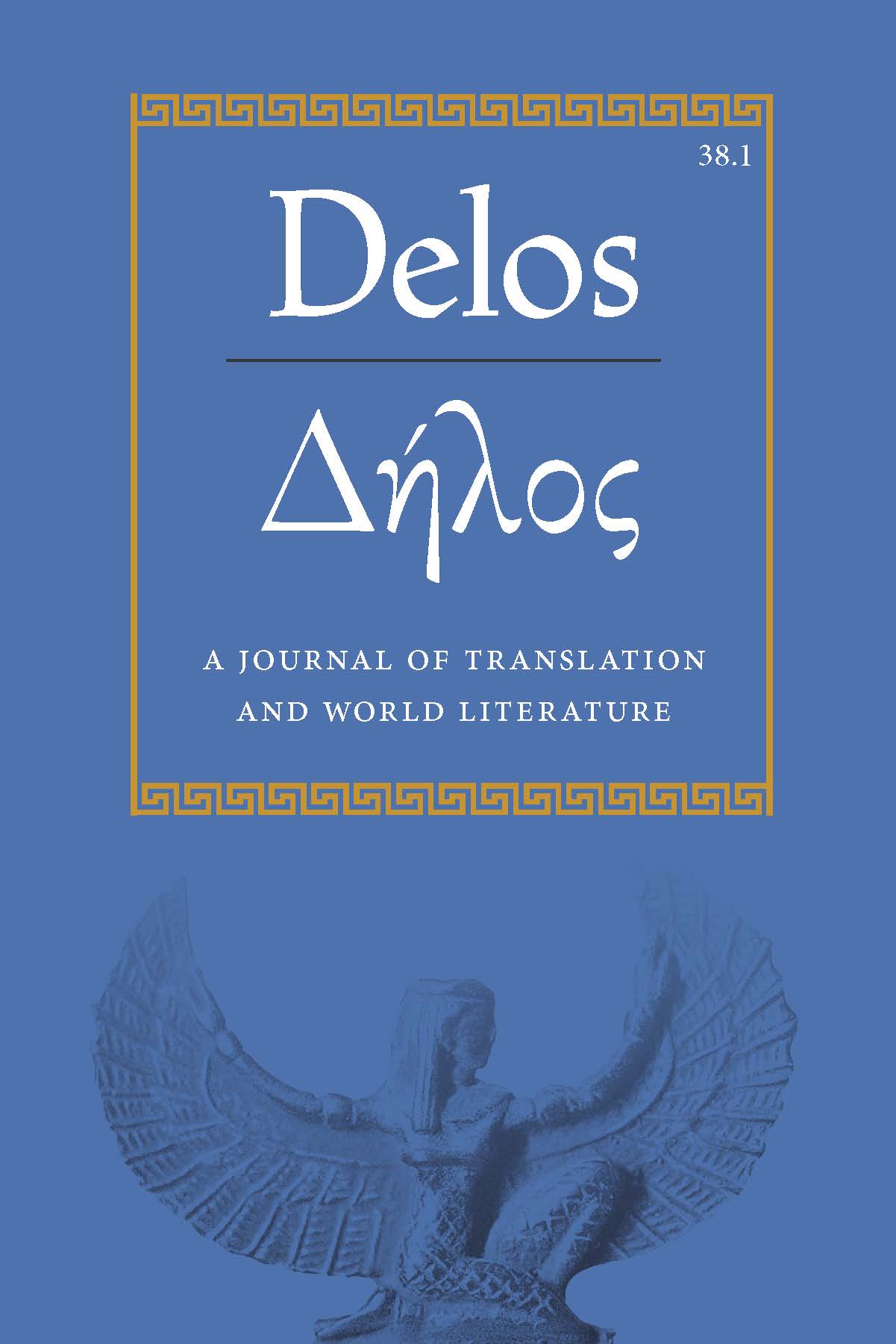Eulogizing the Big Man Murals as Royal Art in Ọ̀yó Aláàfin Palace
Main Article Content
Abstract
Previous scholarship on the Ààfin Ọ̀yó ̣mural art read it exclusively as an appendage of Ọ̀yó ̣history and politics, highlighting—but with little compelling research on—the Aláàfin’s leadership qualities and aesthetics in the embedded animal metaphors. Therefore, this study seeks to provide a balanced outlook on Ààfin Ọ̀yó ̣mural art and especially to unearth distinct leadership qualities of the iconic Ọ̀yó ̣paramount ruler, encoded predominantly in his panegyrics from a visual semiotic perspective. The stylish Aláàfin Ladigbolu commissioned Salami Alabebe’s design of (Ojú Abata Aremo), the wall of the central porch between 1915 to 1917 to replicate the grandeur of the Old Ọ̀yó ̣Empire in the New Ọ̀yó.̣ Royal referents, mainly imageries of large wild animals like elephants, lions, leopards, and horses, foreground the Aláàfin’s leadership qualities. Symbolic mammals like kob antelope, hare, monkey, and warthog expose the monarch’s distinct personality as magnificent, clever, wise, and fearless. Symbolic birds like ostrich and cattle egrets reveal the physical and metaphysical forces behind the Aláàfin’s leadership. Symbolic reptiles like tortoises, crabs, chameleons, lizards or geckos, crocodiles, and snakes (mamba and python) are mainly votive animals reiterating the Aláàfin’s cycles of life, death, and reincarnation. Royal paraphernalia—like the sword and sheath, bow and arrow, royal umbrella, crown, royal trumpets or flute, scepter, horsetail and embroidery—provide a foray into Ọ̀yó’̣s strong affiliation with Oranmiyan of Ile-Ife. In addition, the embroidery reveals women’s contribution to the domestic economy of the Ọ̀yọ́ Empire, especially as weavers. The human figures hint at royal servants’ (Ilaris) personal and state responsibilities, especially as Sango’s priests and royal envoys. Also, the signature norm of Ọ̀yó ̣Yoruba is the Omoluabi (compliant citizen) qualities like bravery, hard work, honesty, humility, positive conduct, and respect. The study concludes that Ààfin Ọ̀yó ̣mural paintings are communicative symbols grounded in Yoruba proverbs, culture, and religion to undergird the centrality of the Aláàfin’s dualistic roles as a spiritual and political leader and to reclaim the grandeur of the Old Ọ̀yọ́ Empire between the thirteenth and sixteenth centuries.
Article Details
Copyright for articles and reviews rests with the authors. Copyright for translations rests with the translator, subject to the rights of the author of the work translated. The University of Florida Press will register copyright to each journal issue.

